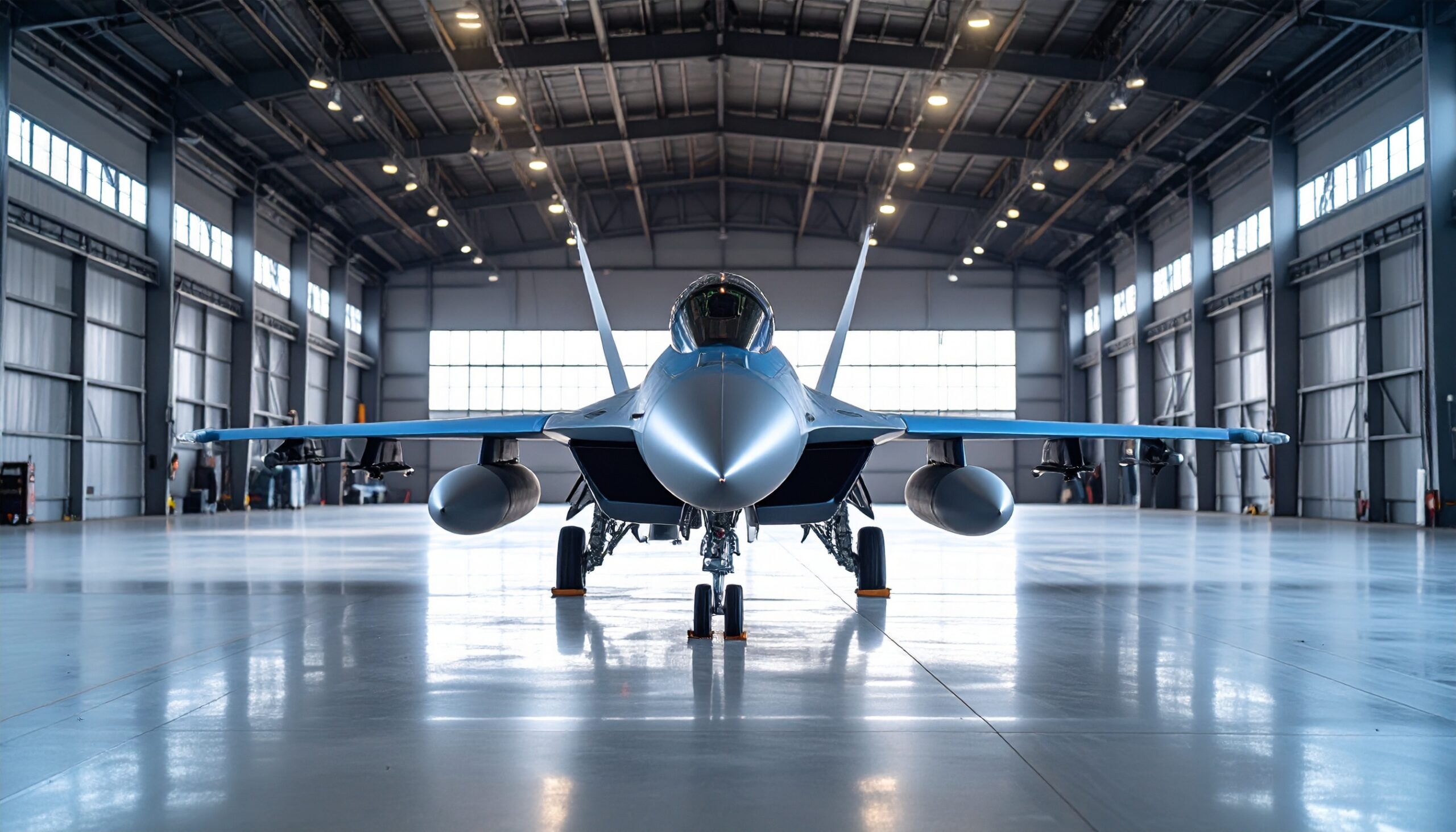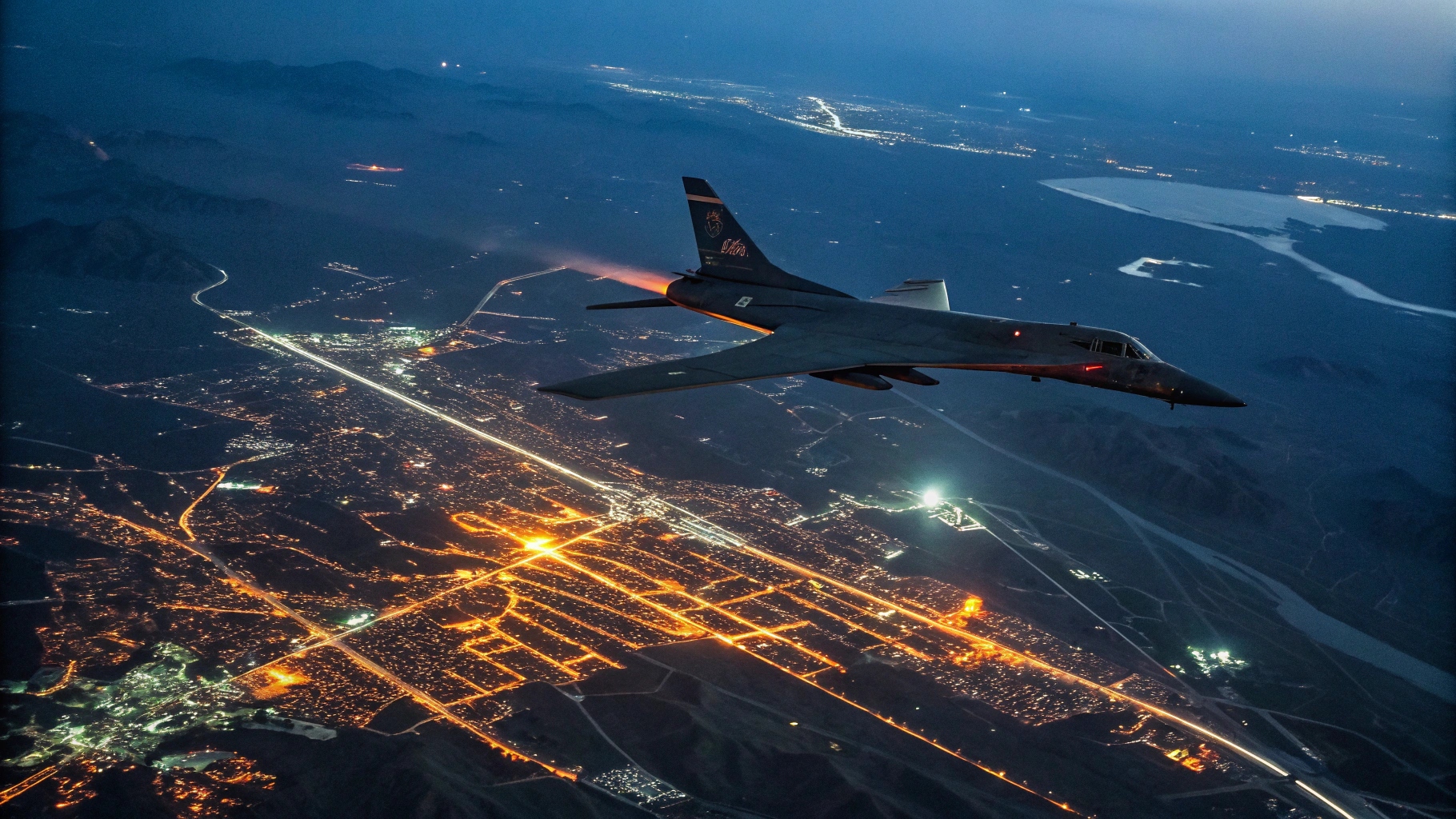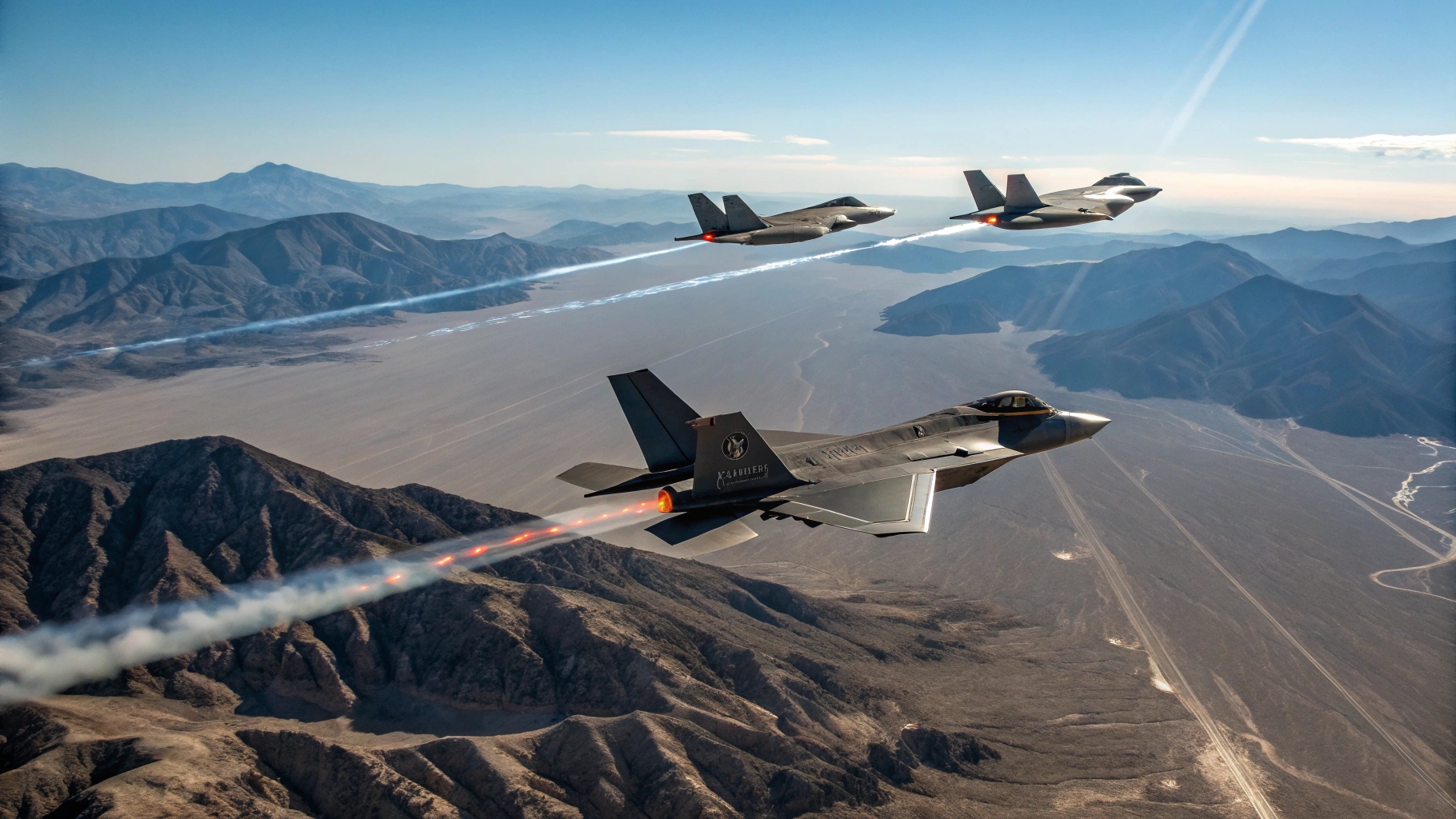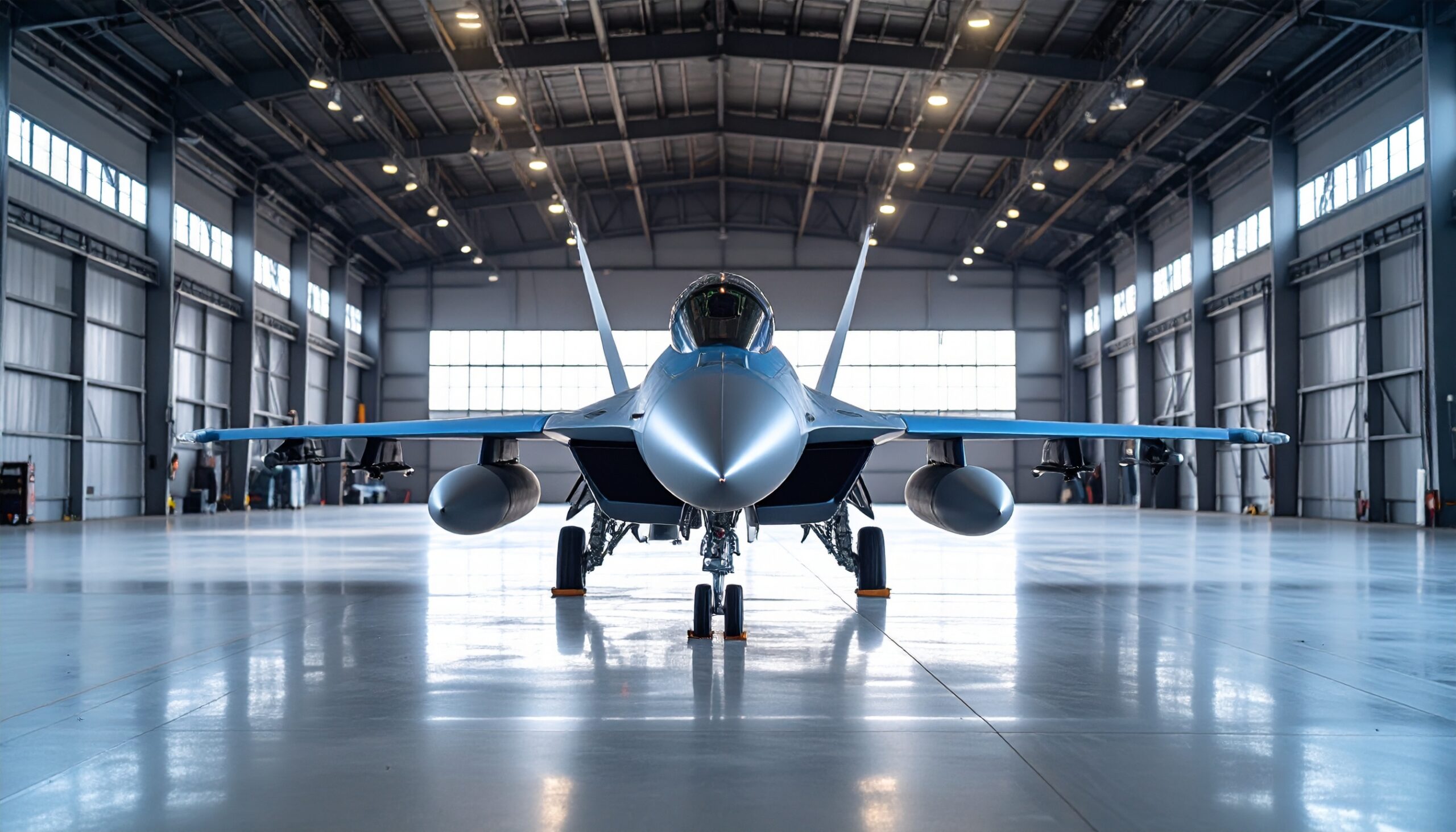
The Indian Air Force (IAF) has called on the Defence Research and Development Organisation (DRDO) to speed up work on longer-range missile systems in response to Pakistan’s growing military capabilities. The request comes after Operation Sindoor, a June campaign where Indian fighter jets struck targets more than 200 kilometers inside Pakistani territory. During the four-day operation, the IAF employed a mix of weapons, including the indigenous BrahMos, French SCALP, and Israeli Rampage and Crystal Maze missiles.
Following the conflict, the IAF urged the rapid development of new air-to-air, air-to-ground, and surface-to-air missiles capable of ranges beyond 200 kilometers. At the top of the service’s requirements is the extended-range variant of the Astra missile. While the Astra Mark-1, with a range of 110 kilometers, has been operational since 2019, the improved Mark-2 version capable of reaching 160 kilometers is still undergoing trials.
The IAF is also evaluating the possible induction of Russia’s R-37 missile, which can hit targets at ranges greater than 200 kilometers. Alongside this, the service has pressed for DRDO’s Project Kusha — a long-range air and missile defense system — to be fast-tracked. India is also weighing the purchase of two more S-400 squadrons from Russia in addition to the five already in service.
Reports suggest that the IAF may have lost several aircraft during the May skirmish with Pakistan due to an underestimation of the Chinese-made PL-15 missile’s capabilities. Indian planners believed the missile’s reach was about 150 kilometers, while its actual range exceeded 200 kilometers, giving Pakistani forces a tactical advantage.





